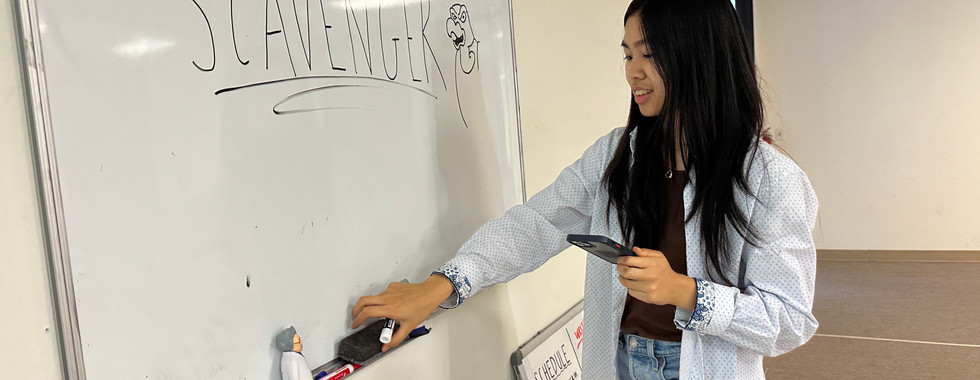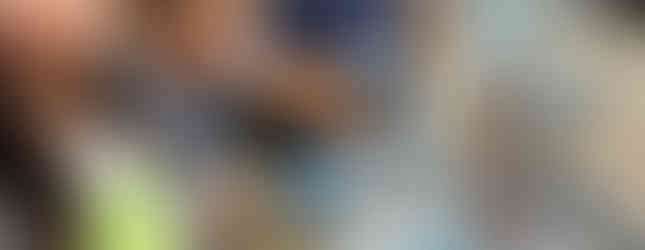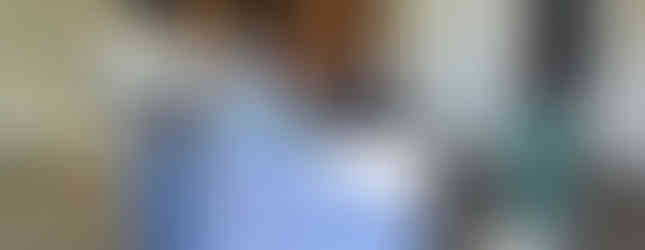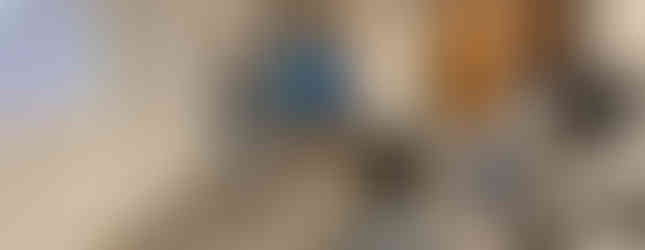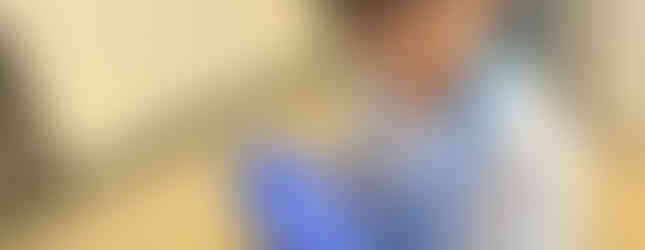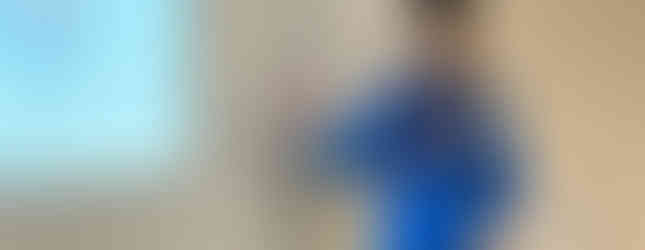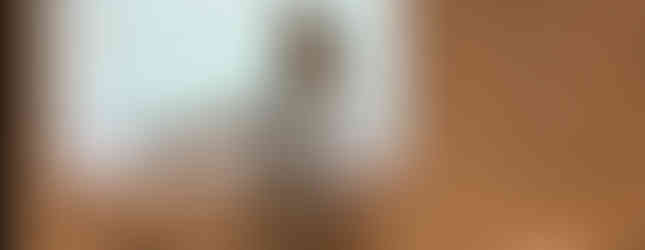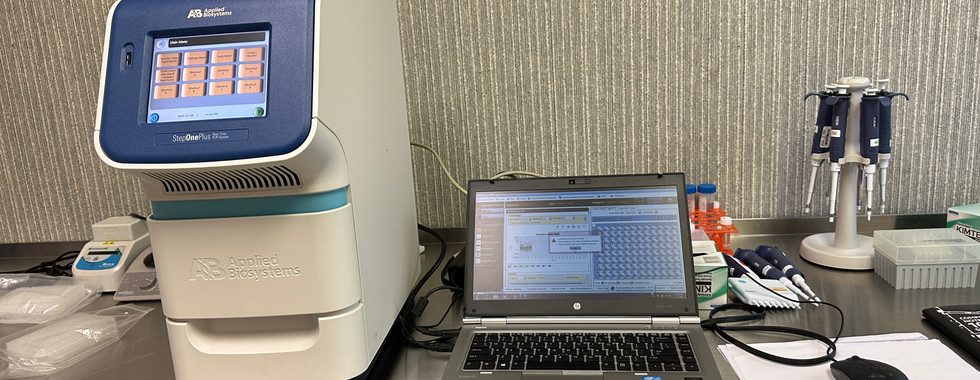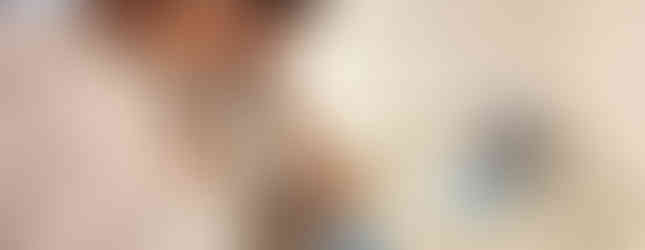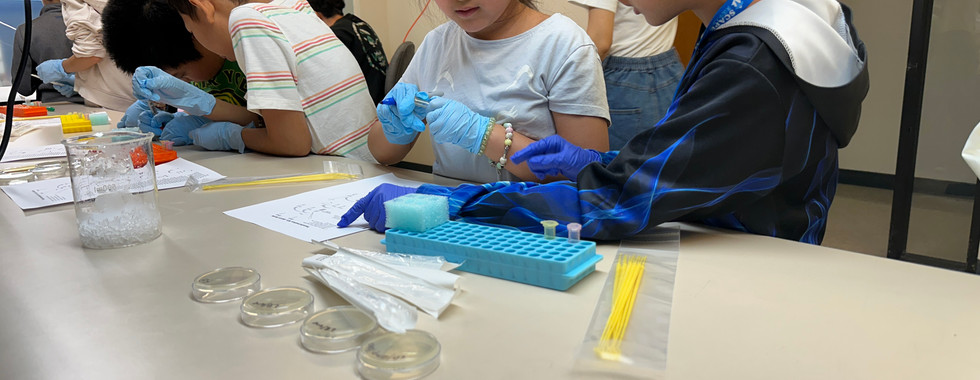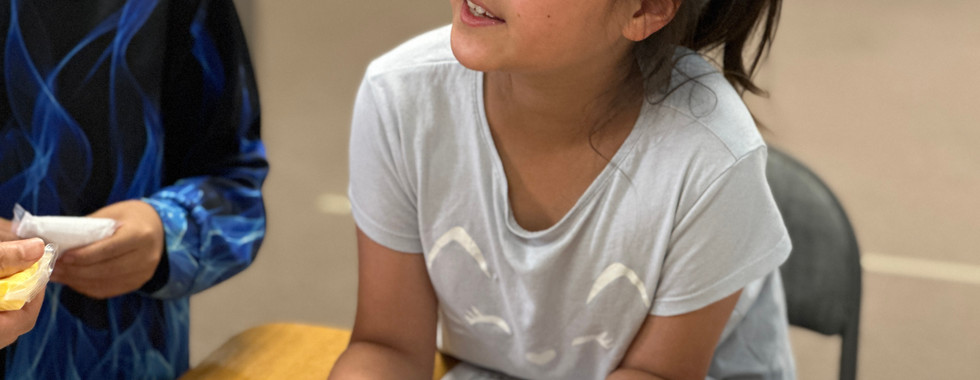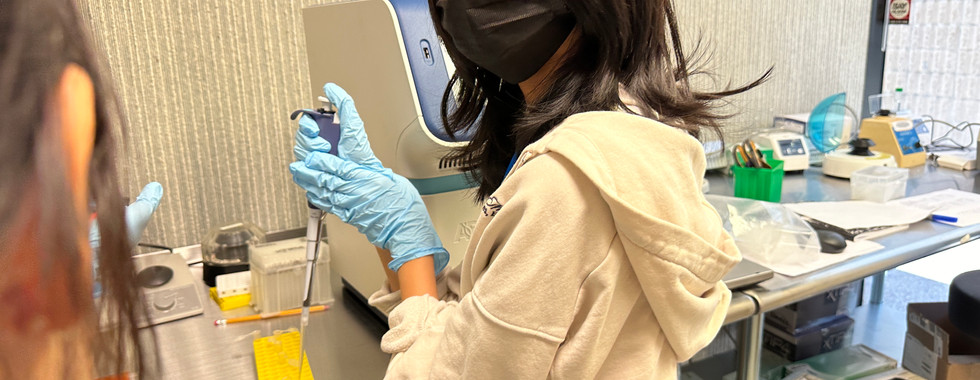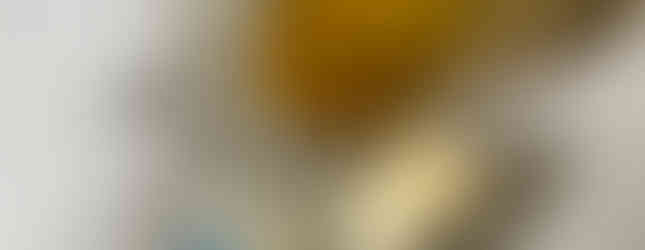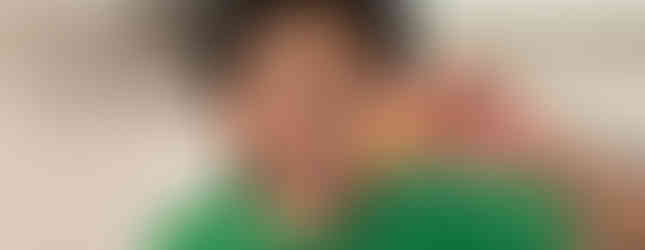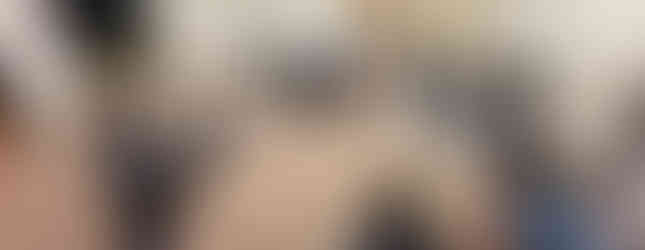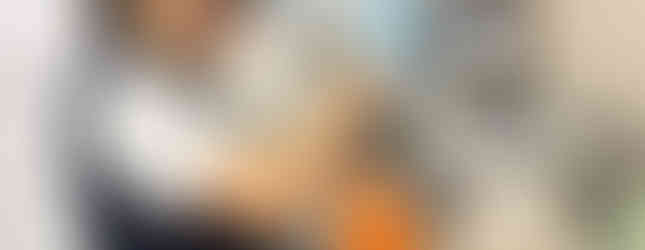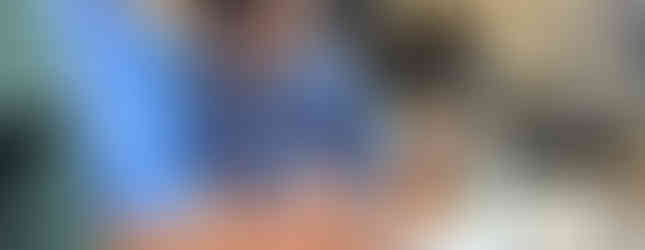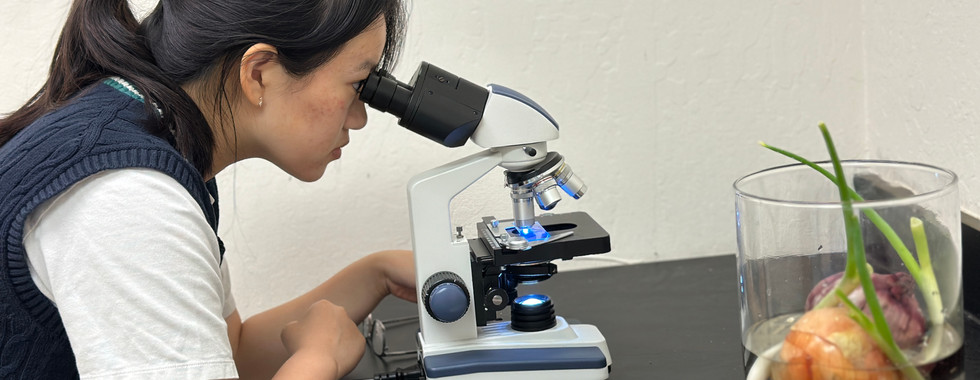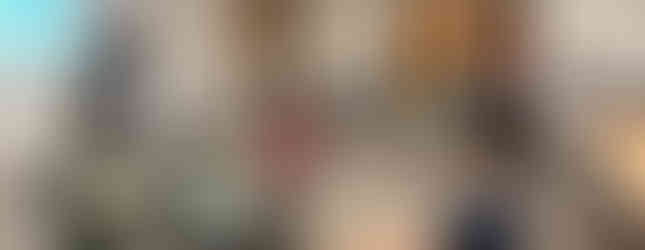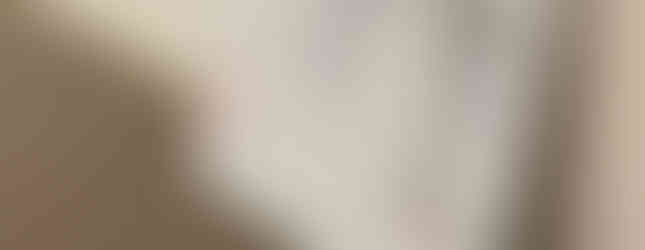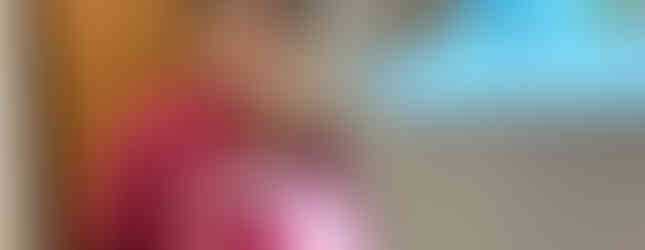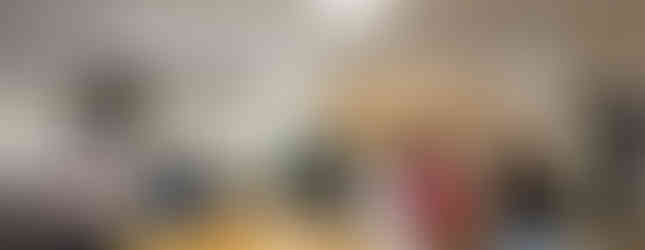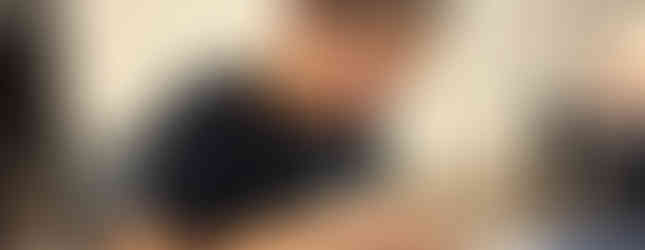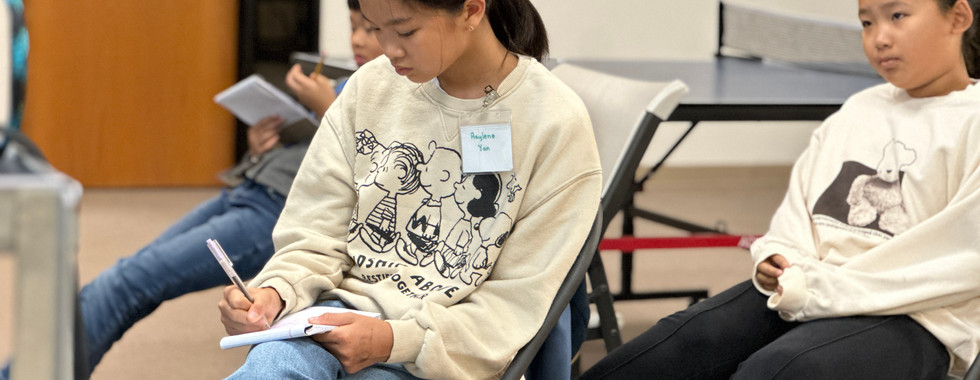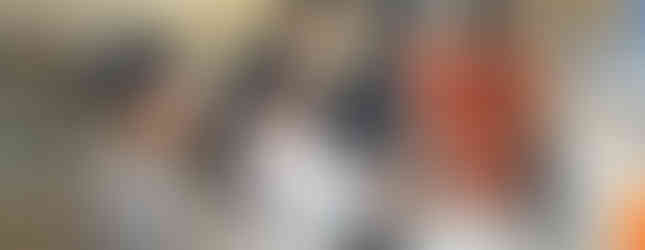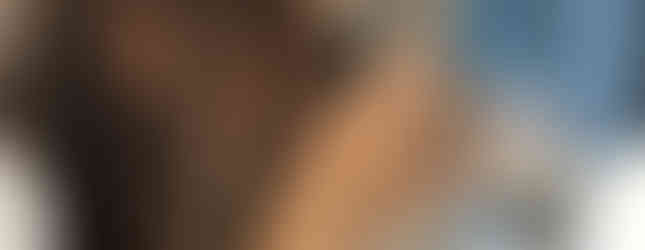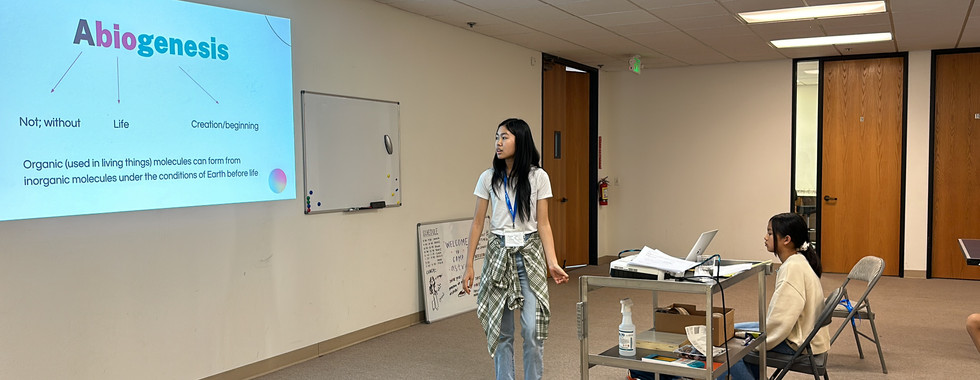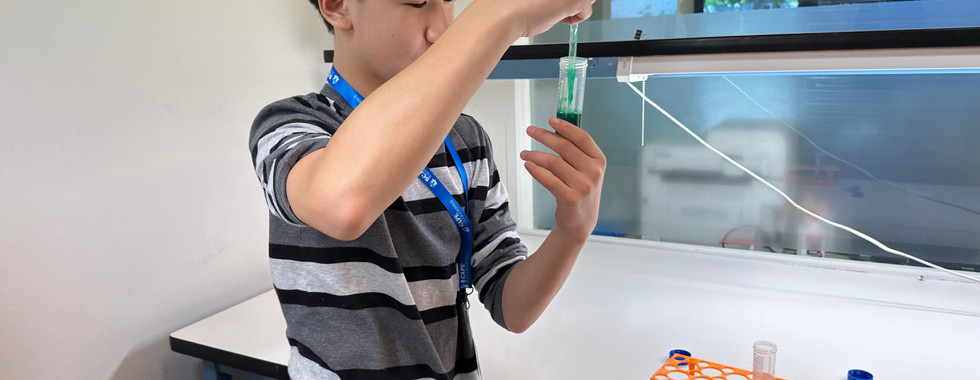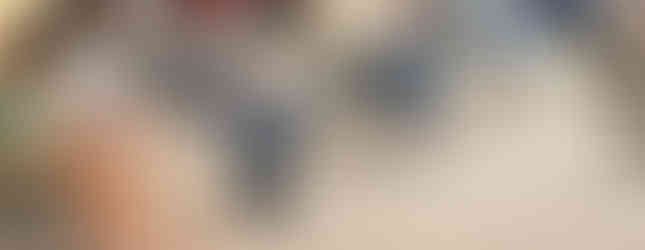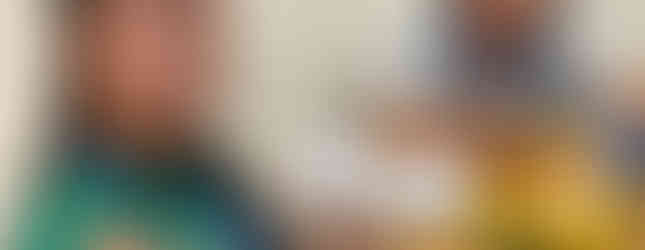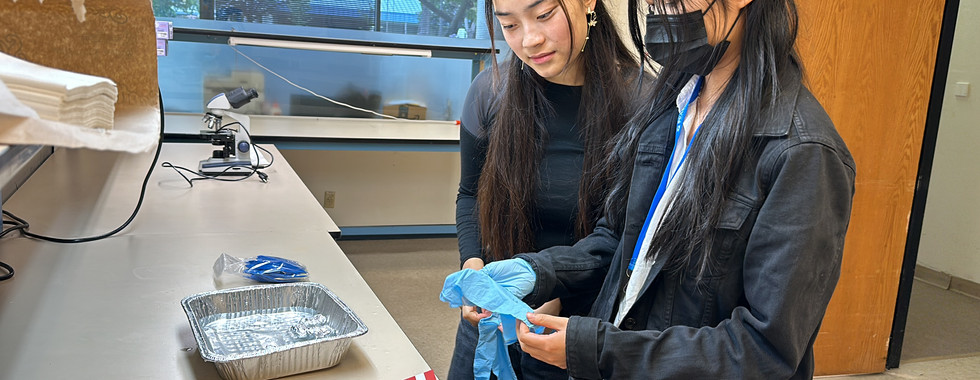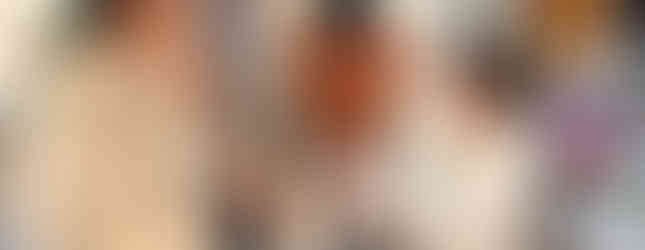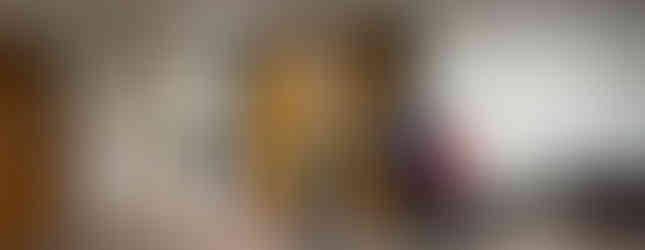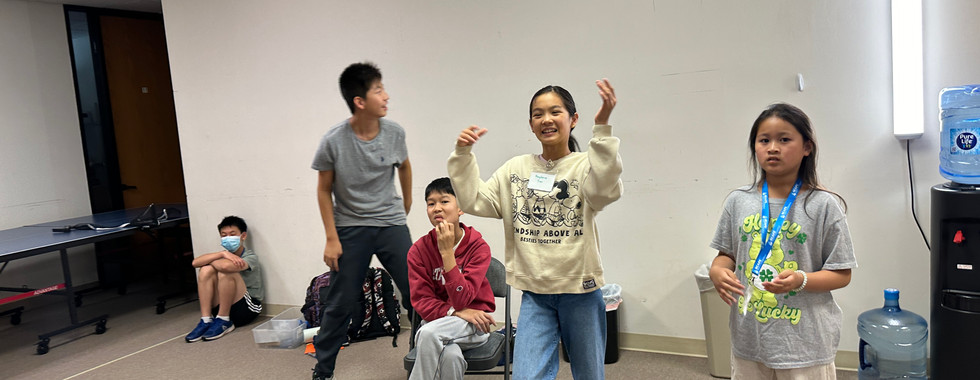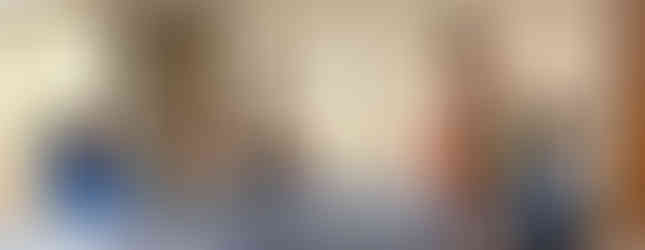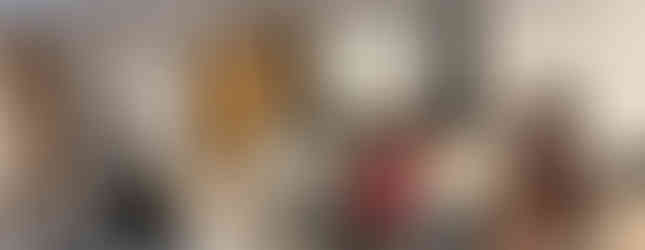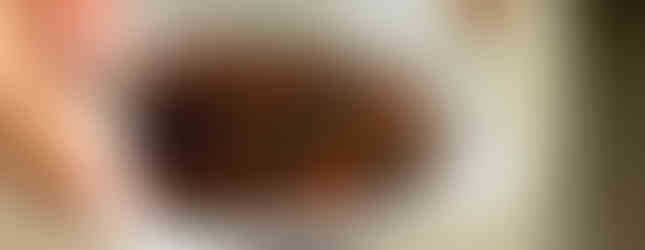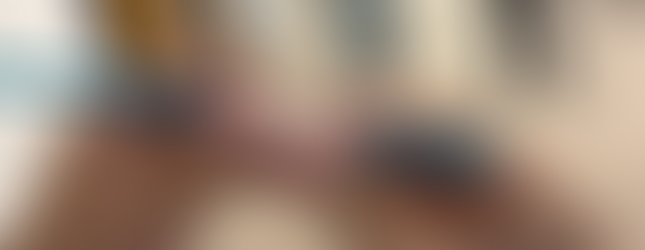Camp Astra 2024: Camp Overview!
- Joy Wang
- Jul 25, 2024
- 4 min read
Updated: Aug 24, 2024

After weeks of preparation–designing curriculum, preparing and testing out experiments, and advertising– Astra Summer Camp 2024 officially began on July 15!

In five days, we covered complicated biology topics ranging from cell biology to ecology to gene editing through fun activities and review games. Our student scientists (our campers) could go into the laboratory and witness and apply the scientific concepts they learned throughout the week.
To kick off the week, we started with genetics and DNA. In the morning, we started with a lecture to teach our aspiring scientists about DNA– what it is, why it is important, and what it does. Despite many of our students having never heard of DNA, they were engaged and excited to learn more about genetics. To reinforce the concepts and ideas they learned, we prepared a strawberry and tangerine DNA extraction lab where they could physically see the DNA of fruits they ate regularly.


Following a delicious lunch of Jollibee's and a few relaxing (though competitive) ping pong games, the young scientists got back to learning, creating a DNA model using candy, complete with its double helix structure and complementary nucleotide bases.

To end the day, we hosted a scavenger hunt where the young scientists could use a codon chart to decode some funny biology jokes. Sea-riously, it was extremely exciting for them!


On day two, we covered all about cells: we discussed what makes up a cell, how it multiplies (or rather, divides), and how it communicates with others.
Following this lecture, our young scientists made their own onion root and flesh slides and could see them under a microscope! We identified the different phases of mitosis and the nucleus. We then looked at several different organisms and cells under the microscope– hydras, blood cells, dog intestines, stomata, etc.

Following lunch (pizza!), we created delicious plant cell models from Jell-O and various kinds of candy for dessert. To end the day, the budding scientists learned about spherification and how to work with intricate tools in the lab by making their own popping boba.


On day three, we tackled ecology and anatomy. In the morning, after a quick icebreaker, a lecture was delivered to teach the students about the different relationships between organisms, ecological competition, and energy. By creating paper energy pyramids, our scientists reinforced the concepts they learned in their lectures.

After a short break, we got our hands dirty again by learning about owl pellets and conducting an owl pellet dissection. The campers analyzed the bones they uncovered and identified them as body parts of different rodents the owl may have eaten.


Following an active and competitive trivia game reinforcing all the ideas we learned in the previous days, the students reenergized themselves with a hearty meal of Vietnamese sandwiches (banh mi).

In the afternoon, we covered anatomy (both human and fish!) with the students and dissected a living fish with the students! Needless to say, they were extremely excited to be able to see all the organs we taught in the lesson inside the fish!

We began day four with a discussion on DNA replication and PCR (polymerase chain reaction).

Following a lecture about gene editing and its application to real life, the scientists conducted an experiment with Petri dishes to make E. coli, a bacteria that helps us digest food, visible under black light.


After a lunch of burgers and a few rounds of ping pong, we had a couple of our aspiring scientists learn how to use micropipettes and practice using them– a demo qPCR lab was conducted to give the students a sneak peek into how biological research and analysis of lab data is conducted in the real world.



Additionally, we created clay models to “make our own monster”!



We had all hoped the week would pass by slower, but the inevitable came: day five, the last day. On day five, we discussed macromolecules, from their structure to where we can find them in the food we eat every day.
Then all of a sudden, terror struck our camp! A man was found dead and it was up to our campers to identify who was the killer. Our scientists immediately stepped up to the role and turned into forensic experts to identify which carbohydrates were in the “stomach mixture”.

Following this fun investigative activity, the students went on a scavenger hunt with difficult biology-related clues from all the things they learned in the past five days to find the ingredients they needed to make slime. It was competitive and slimy, but it was clear that the students had grown immensely in knowledge from the past five days.


Lunch was stir-fried noodles and watermelon. It was so good, the kids couldn’t get enough!

We then prepared several fun interactive chemistry experiments for the students: elephant toothpaste, and mixing baking soda and vinegar.


Our last activity was Jeopardy– the students formed groups of four to participate in a competitive and fun game of Jeopardy that had all of us on the edge of our seats.
The game ended with a tie, but we, the instructors and camp counselors, were astonished and proud to see the students race to answer difficult biology questions from the previous days of learning.

The camp had a bittersweet end– bitter because it seemed too short and sweet because we were all so proud of seeing how much the campers had learned. In the meantime until next year, we will continue to prepare and perfect our activities for the new generation of scientists and discoverers. See you all next year!






